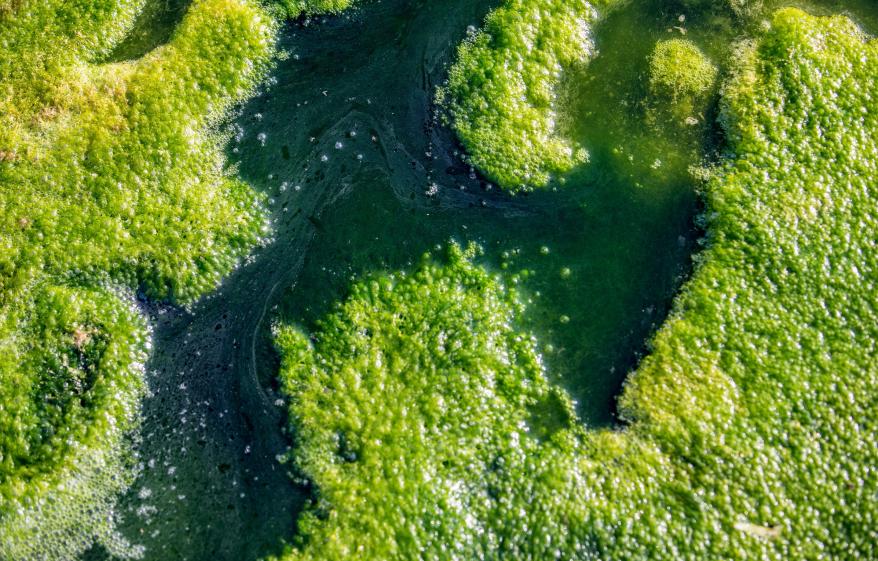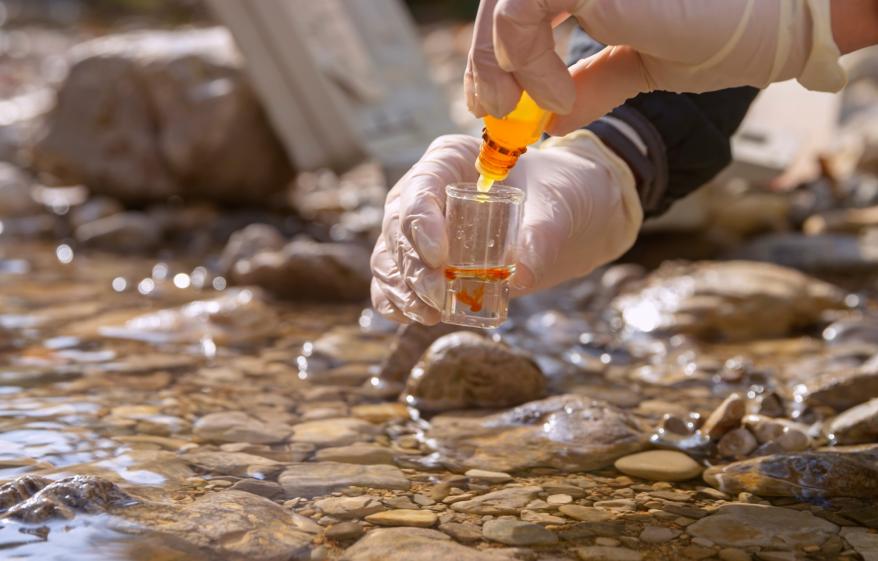
Pathogens, PFAS and microplastics in lakes, rivers and seas
'Outdated, underfunded or inadequate!' An urgent review of monitoring procedures is required.
‘Not a single river in England has received a clean bill of health for chemical contamination’ said a report prepared by the Environmental Audit Committee in January 2022.
It further reported that a ‘chemical cocktail’ of sewage, agricultural waste, forever chemicals (PFAS) and microplastics are polluting rivers in England and are all issues of grave concern with Wildlife and Countryside Link warning that the water quality of rivers in England is the worst in Europe.
The ‘chemical cocktail’ is not only entering rivers, but also lakes and seas, in a number of ways including run-off from land-based sources, treated and untreated wastewater overflow, sewers and industrial overflows.
Run-off from land-based sources can include debris from tyre wear, abrasion of synthetic products and agricultural run-off, particularly sewage sludge and agricultural plastic such as mulching.
Sewage sludge, which is a by-product of the wastewater treatment process, can contain a range of contaminants including pathogens such as E. coli, antibiotics, biocides, persistent chemical pollutants, pharmaceuticals, and microplastics. These contaminants can be introduced into agricultural soil when sewage sludge is applied as a fertiliser, leading to potential health risks for both humans and animals.
Microplastics are small plastic particles that are less than 5 mm in size and can be generated from various sources, including the breakdown of larger plastic items, the shedding of microfibers from synthetic clothing during washing, and the use of personal care products containing microbeads.
Once microplastics enter waterways, they can be transported downstream and can accumulate in aquatic environments, where they can be ingested by a range of organisms, including fish, birds, and marine mammals. This can lead to potential negative impacts on the health of these organisms and the broader ecosystem. It can take approximately seven years for microplastics in rivers to get delivered to the ocean where fish and other marine animals can eat them.
Pathogens, disease-causing microorganisms, can be present in untreated or poorly treated sewage and other sources of contaminated water. If these pathogens enter rivers and lakes, they can pose a risk to public health, especially if the water is used for drinking, recreation, or fishing. Contaminated water is linked to transmission of diseases such as cholera, diarrhoea, dysentery, hepatitis A, typhoid and polio. Pathogens can be present in human and animal faeces, and can enter the water system through sewage leaks, septic tank failures, or animal waste runoff.
Forever chemicals (PFAS) are used in a huge range of consumer products, including waterproof clothing, furniture, cookware, electronics, food packaging and firefighting foams and are employed in a wide array of industrial processes.
PFAS are persistent and do not break down easily; in some cases, it will take centuries for these chemicals to degrade. Two PFAS – PFOS and PFOA – are considered to be toxic over certain exposures. They’ve been linked to a range of diseases in humans, including kidney cancer, testicular cancer, hypertension, thyroid disease, ulcerative colitis, high cholesterol, and reduced response to vaccines.
The report by the Environmental Audit Committee makes a series of recommendations to overhaul how the country’s rivers are managed. The report suggests that water companies should be penalised more heavily for sewage discharge and each river should have a designated bathing area by 2025.
The report also recommends that companies should urgently review their self-monitoring procedures as some are characterised as being outdated, underfunded or inadequate and whilst the focus is monitoring the levels of nutrients such as nitrogen, phosphorus and ammonia, a variety of other substances – metals, pesticides, pharmaceuticals, industrial chemicals, and plastics might not be routinely monitored at all.













